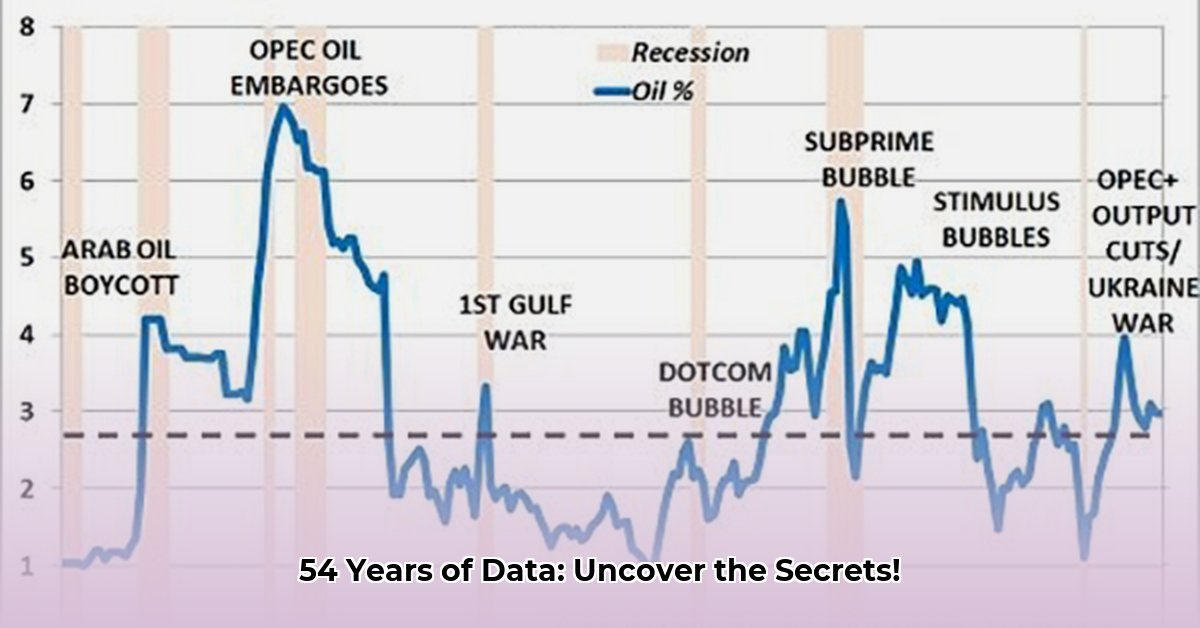
Precise Calculation: 1970-2024 in the Gregorian Calendar
A simple subtraction of 1970 from 2024 yields 54 years. However, a precise calculation requires accounting for the nuances of the Gregorian calendar, the system used globally for most civil and commercial purposes. This includes considering leap years, which add an extra day (February 29th) to the year. Between January 1st, 1970, and January 1st, 2024, there are thirteen leap years. Therefore, the total number of days is not simply 54 years * 365 days/year, but rather 19730 days (54 years * 365 days + 13 leap days). This translates to 54 years, 0 months, 0 weeks, 19730 days, 473520 hours, 28411200 minutes, and 1704672000 seconds. For more on calculating age, see this helpful age calculator.
Calendar Systems and their History
The Gregorian calendar, implemented in 1582, replaced the Julian calendar. The Julian calendar, with its simpler leap year rule (every four years), accumulated a slight inaccuracy over time. The Gregorian reform corrected this by removing leap days from century years not divisible by 400. This adjustment ensured greater alignment between the calendar and the solar year. The shift in calendar systems necessitates careful consideration when performing historical time calculations spanning the transition period. The differences between Julian and Gregorian calendar dates are particularly significant in time periods closer to the 1582 switch.
Impact of Leap Years
Leap years significantly influence the calculation of elapsed time. The basic rule, "divisible by four," is modified by the exception that century years (multiples of 100) are not leap years unless they are also divisible by 400. This nuance is crucial for accurate calculations spanning several decades, such as the 1970-2024 period. The presence of thirteen leap years within the 54-year span alters the exact count of days and other time units.
Real-world Applications and Implications
Precise time calculations have crucial implications across multiple disciplines:
- Data Science: Accurate timestamps are vital for data analysis to ensure the integrity of time series data, trends, and predictive modelling. Inaccurate timekeeping can lead to erroneous conclusions.
- Software Development: Software applications dealing with dates and times (e.g., scheduling, financial transactions, historical data management) must correctly account for leap years. Failure to do so could produce significant errors.
- Finance: Financial calculations, particularly those involving compound interest or amortized loans, are extremely sensitive to small variations in time.
- History: Accurately calculating the duration of events is fundamental for historical analysis. The use of the correct calendar system—Gregorian in this case—is indispensable for accurate interpretations.
Conclusion
While a simple subtraction suggests 54 years between 1970 and 2024, a precise calculation, accounting for the Gregorian calendar's leap year rules, reveals a more complex picture. The precise number of days is 19730, highlighting the critical importance of understanding calendar systems and their historical evolution for accurate timekeeping in various fields. This detailed analysis underscores the significance of using accurate timekeeping methodologies in various aspects of modern life. Failing to account for these subtleties can lead to errors with significant financial or scientific consequences.